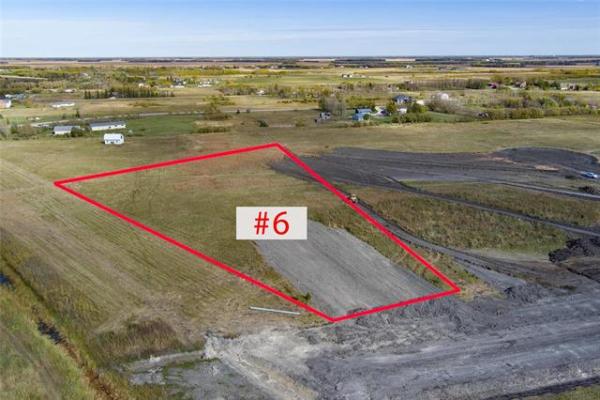Last week, the Canada Mortgage and Housing Corporation (CMHC) released its third quarter housing market assessment.
The purpose of this document reveals its first basic problem. The only purpose of this report is to highlight evidence of problematic conditions.
For each of the 15 cities reviewed, there is a grand total of one paragraph dedicated to their entire housing industry.
According to this report, there is only one market in Canada (Hamilton) where demand significantly outpaces supply. Hamilton? Perhaps Torontonians are wanting to move south.
Winnipeg is now considered less problematic than it has been for the past two quarters. The accusations of over-valuation have subsided. This is a problematic category to me. The market determines over-valuation, not an analyst. If consumers consider the prices to be too high, they don't buy. If they offer less on a resale home and it sells, then that was the right price.
The Winnipeg market was labelled as a cautionary yellow again for moderate overbuilding. However, when I questioned CMHC representatives on this grade, it turns out there isn't overbuilding in single family homes. There isn't overbuilding in condominiums, row houses or townhouses. The overbuilding flagged by the analysts was in apartments. The entire Winnipeg housing industry was given a cautionary grade because there were 996 more apartments built in 2015 than 2014 -- mostly in response to the fact Winnipeg had the lowest apartment vacancy rate in Canada three years ago.
Housing market assessments are interesting, but they are not something that should be dominating the status of the housing market. The industry is far too important to be summarized in one paragraph and only four factors.
Mike Moore is president of the Manitoba Home Builders' Association.



